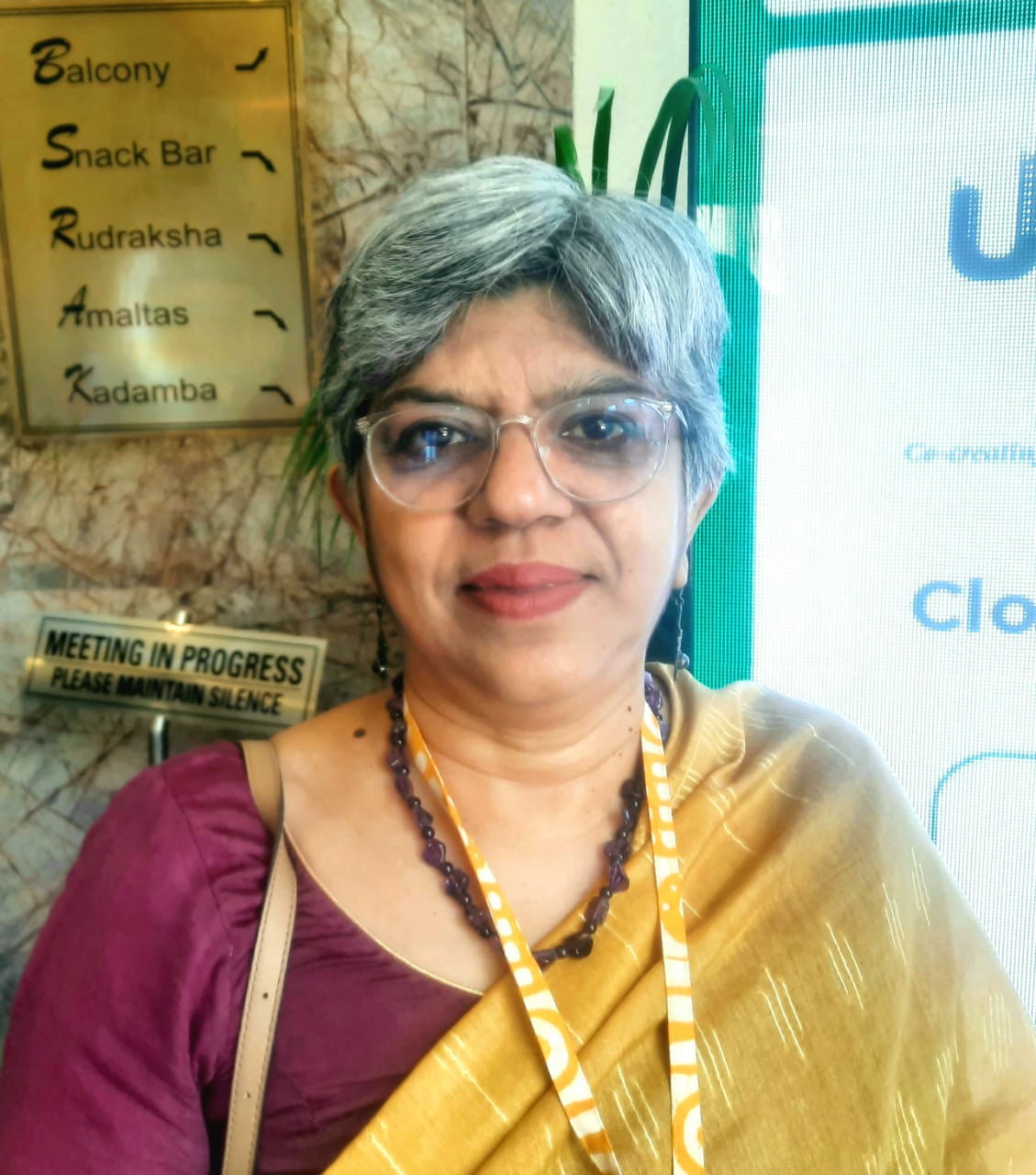Soumitra Banerji, a seasoned author, lawyer, and business transformation consultant, brings over three decades of experience to his craft. In his debut novel, Liminal Tides, he masterfully narrates surreal tales of the Partition, blending powerful prose with meticulous detail to capture the essence of three distinct cultures. Through his evocative storytelling, Banerji vividly portrays the fluidity, pain, and raw emotions of that turbulent era. For anyone touched by the Partition, his narrative is a poignant reflection of their own journey.
In an exclusive conversation with The Interview World, Banerji delves into the inspiration behind his novel. He shares how he intricately weaves together the three cultural threads that form the backbone of his story. He also discusses his approach to balancing fictional characters with the harsh realities of the Partition, highlighting the essential lessons readers can draw from his work. Here are the key excerpts from his insightful interview.
Q: Can you tell us what inspired you to write Liminal Tides and how the idea for the novel first came to you?
A: Although I was born long after Partition, I have always been drawn to the people of that era, observing them as a matter of habit. Migration, in all its forms, has fascinated me from the moment I began to think critically about the world. Over time, I’ve also come to a weathered conclusion: migration is the thread that has held our diverse country together.
Yet, the Partition was a migration of a different kind. It’s the one whose wounds remain unhealed, with its pain still rippling through our geopolitical landscape in countless ways. I see it as a movement ‘to separate,’ distinct from the separatist movements that continue to unfold across the globe.
These reflections also stirred a storm within me, compelling me to cast the dice for the plot of this book.
Q: Your novel features characters from diverse backgrounds, such as Bengali, Pahadi, and Punjabi families. How did you approach representing these different cultural experiences and histories in your writing?
A: Firstly, the three families symbolize distinct types of migration, each driven by different reasons.
Moreover, I was fortunate to have known real-life individuals and families from similar backgrounds, which greatly aided me in developing the characters for the book.
Q: How did you balance the fictional elements of your story with the historical realities of the Partition period?
A: The storyboarding draws from meticulously researched historical realities of the partition era. The characters and fictional elements are rooted in real-life personalities, events, and factual occurrences from that tumultuous period.
Q: The partition of India is a deeply painful and complex subject. What challenges did you face in addressing this historical trauma, and how did you handle it in your narrative?
A: The most formidable challenge I encountered was capturing the varied perspectives of partition across different communities and regions. Victims and aggressors often traded places, their roles shifting as swiftly as the winds of change. The geopolitics of the Subcontinent have been irrevocably altered, casting a long shadow of suspicion and insecurity over its citizens.
To navigate these complexities in my narrative, I chose to adopt a nonjudgmental and factual approach. The true culprit, I realized, was not any single group or individual but a profound state of political confusion—a confusion that none of the stakeholders were able to resolve effectively.
Q: In your view, how does Liminal Tides contribute to the ongoing dialogue about India’s Partition and its legacy?
A: While writing this book, and even after it reached readers, I believed that the narrative could help soothe the intense chaos that defined the Partition.
“Liminal Tides” is intended to foster an atmosphere of hope, a sense that the worst is behind us and a new dawn is on the horizon.
For future generations, this book should serve as a lesson from the past, offering insights to shape a more positive future.
Q: The book’s portrayal of the Partition’s impact on individuals and families is vivid and emotional. How did you ensure that these personal stories resonated with readers, especially younger generations?
A: As I mentioned earlier, the narrative is deeply rooted in real-life characters, events, and milestones. The stories of the three families mirror the experiences of countless others from similar regions, whose ancestors faced comparable challenges. The pain of those times still lingers, serving as a poignant reminder. Through Liminal Tides, the current generation can reflect on the past and learn how to forge a better path forward, avoiding the mistakes that once were made.
Q: What do you hope readers take away from Liminal Tides in terms of understanding the historical and emotional aspects of the Partition?
A: The worst is behind us. The debris of destruction has been cleared, though some lingering wounds still need healing. As we move forward, let hope, resilience, and positivity guide our path. Our motto should be to forgive and forget.









